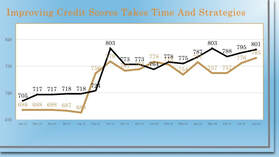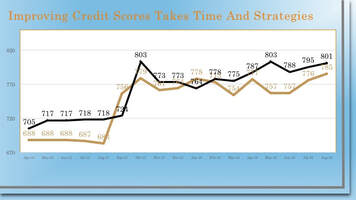Archives
May 2020
Categories
All
|
Back to Blog
Take the Credit Score CUR7/21/2019 
The proportion of balance to limits on revolving charges
While your payment history is the most heavily weighted element in credit scoring models, how you use and pay your credit cards accounts comes in a close second. The proportion of your credit limit you have already accessed-regardless of payment history-affects your score in most scoring models. Here are some key takeaways: 30% of your credit score is determined by “Proportion of Balance to Limits on Revolving Accounts.” It shows how you use and pay credit cards and other types of revolving debts. Below is a formal definition. For me, a revolving account is one where you can access credit to the pre-established limit without further approvals from the creditor. Your monthly payment can be as low as an agreed-upon minimum to the full amount owed. Credit cards, home equity lines of credit (HELOC) and personal lines of credit are all examples of revolving debt.
Fact: The less of your available credit you use, the better it is for your credit score.
The proportion of balance to limit is called your Credit Utilization Ratio (CUR). Your credit utilization ratio is calculated by BOTH individual tradelines and in the aggregate. Here are some CUR considerations:
Take the CUR There are 3 ways to improve your CUR:
CUR Best Practices: Be proactive
0 Comments
Read More
Your comment will be posted after it is approved.
Leave a Reply. |
MONEYSMARTLIFE.ORG EMPOWERING SUSTAINABLE FINANCIAL WELL-BEING IN WORKING CLASS FAMILIES

 RSS Feed
RSS Feed


